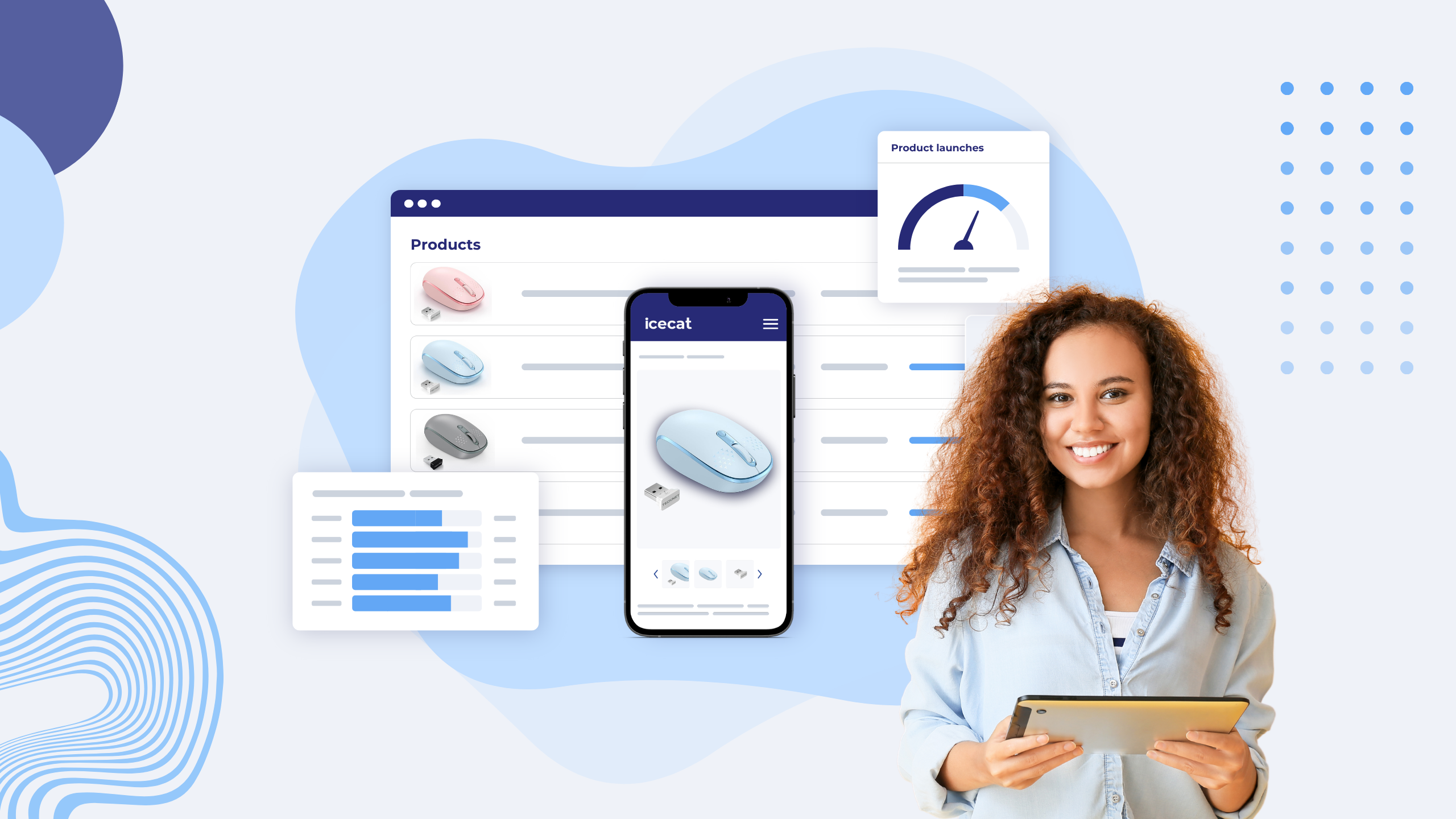Product content is the foundation of your online business. It’s what helps customers understand, trust, and ultimately choose your products over others. High-quality product content can make or break the path from browsing to checkout. But crafting effective product content is easier said than done.
If you’re looking to boost product discoverability, build customer loyalty, and set your brand apart, this guide will explore actionable strategies to elevate your product content.
What is Product Content?
Product content is any information a company provides to educate customers about its products. This includes text-based descriptions, images, videos, and even customer-generated content, such as reviews or ratings. High-quality product content communicates the value and features of an item clearly and persuasively, making it easier for customers to make purchase decisions.
Every element, from a product’s title to its images, has a role to play in capturing attention. When done right, product content creates an engaging customer experience and drives conversions.
Why Is Quality Product Content Important?
1. Improves SEO Rankings
Product content directly impacts your online visibility. With the right keywords in your product titles, descriptions, metadata, and alt text, your listings are more likely to appear on the first page of search engine results. Without strong, SEO-friendly content, even your best-selling products may go unnoticed by your target audience.
2. Builds Trust and Credibility
Customers want to feel confident in their purchases. Well-written and visually polished product content demonstrates professionalism and shows customers you are knowledgeable about your industry. Accurate, customer-focused content helps establish your brand as trustworthy and reliable.
3. Boosts Conversions
Research shows that shoppers who engage with detailed, high-quality product content are significantly more likely to complete a purchase. User-generated content like reviews, compelling descriptions, and accurate visuals all contribute to higher conversion rates.
4. Differentiates Your Brand
Unique, tailored content is an opportunity to set your brand apart in a competitive market. It’s not just about describing what your product is, but explaining why it’s worth buying and how it meets customer needs better than alternatives.
How to Improve the Quality
Creating top-notch product content takes effort and strategy. Here are seven actionable ways to enhance the quality of your product content:
1. Tailor Content to Your Customers
Understanding your customers’ preferences and needs is essential. Every bit of product content should highlight the features or benefits that matter most to your target audience.
For example:
- Teams with large product catalogs (e.g., thousands of SKUs) can streamline their content creation process with a product content management system (PIM). This tool organizes product data, centralizing it for cross-channel use and ensuring consistent updates.
Investing time in customer research equips you to create descriptions that spark interest and answer pre-purchase questions effectively.
2. Use the ABC Analysis to Prioritize Inventory
Not all products require the same level of attention. Use the ABC analysis method to categorize inventory based on its impact or value:
- A-category items are your top sellers and require the highest-quality content to maintain their premium status.
- B-category items are mid-range performers that still deserve attention.
- C-category items are low-priority—offer concise yet sufficient content here.
By focusing effort on A-category items first, your team can make the most significant impact without spreading resources too thin.
3. Invest in PIM Technology
Managing large volumes of product data is a complex challenge. Modern content management tools alleviate this burden by ensuring accuracy and consistency across platforms. They provide:
- Centralized databases for product data
- Seamless updates across multiple retail channels
- Support in generating and organizing content effectively
A well-maintained system ensures every product detail—text or visual—is aligned with the latest updates, reducing errors and saving time. Looking for the best PIM system for your business? Explore our blog to find the top solutions.
4. Enhance Text and Visual Content
Beautiful visuals and descriptive storytelling are key. Combine professional product photography with detailed, high-value descriptions for optimal impact:
- Visuals: Use high-resolution, authentic product photos taken at multiple angles. If possible, include explanatory videos or GIFs that show the product in action. This improves customer trust.
- Descriptions: Write clear, concise, and engaging descriptions. Use bullet points for key features and include descriptions that highlight practical use cases.
To save time while maintaining top quality, consider using AI-powered tools for generating succinct, well-optimized product descriptions.
5. Focus on SEO
Good content must also be discoverable. Incorporate SEO best practices to ensure your product titles, meta descriptions, and alt tags rank better in search engines:
- Research relevant keywords your audience uses when searching for products.
- Insert these keywords naturally into headings and key descriptions.
- Ensure alt text accurately describes photos for improved accessibility and searchability.
SEO ensures that the content you create reaches the right users interested in your product.
6. Develop Consistent SKU Names
Organized product identifiers help teams and customers locate products with ease. Maintain consistent and simple SKU naming conventions:
- Avoid confusing symbols, excessive numbers, or unclear abbreviations.
- Match SKU names to the product’s key features (e.g., “T-shirt-Black-M” for a black medium t-shirt).
Clear SKU conventions lead to improved inventory management and a smoother experience for customers buying online.
7. Regularly Audit and Rationalize Your Portfolio
Conduct ongoing reviews of your product catalog. Using SKU rationalization, evaluate whether each product is still relevant and beneficial to your catalog:
- Remove low-performing items to free resources.
- Ensure that your live product listings have complete, up-to-date, and engaging product content.
Doing so keeps your product catalog both manageable and appealing, improving sales potential.
Optimize Product Content for Long-Term Success
Gone are the days of managing product data in scattered spreadsheets. Modern tools and strategies have made it easier than ever to create and maintain high-quality product content. By investing in strong product content, brands can strengthen their presence in search results, build trust with customers, drive conversions, and streamline internal operations—from inventory management to marketing efforts. Don’t wait until your competitors set the standard; start enhancing your content today by adopting the techniques outlined above.
Vaiva is a Marketing Specialist at Icecat with a passion for driving brand growth through innovative strategies. When she’s not busy with marketing campaigns, she enjoys traveling and discovering new cultures.



